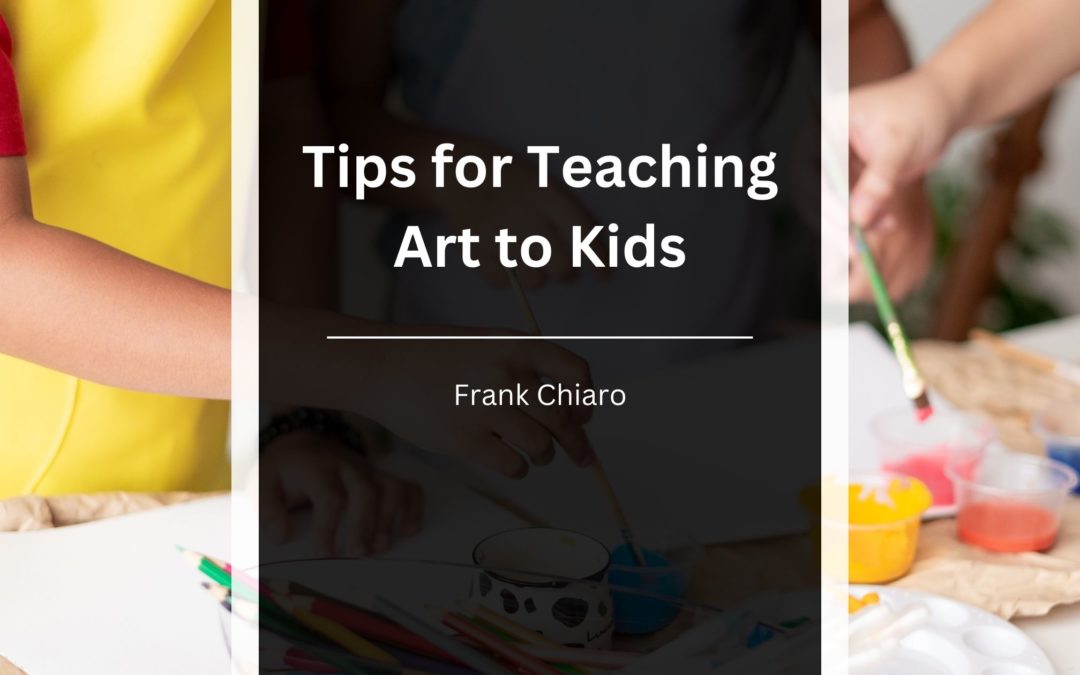Teaching art to kids can be a fun and rewarding experience, but it can also be challenging if you have a limited amount of experience in this area. Whether you’re a parent looking to introduce your child to the world of art or a teacher looking for ways to engage your students, these tips can help you get started.
Start with the basics.
Before diving into more complex art concepts, ensuring your child has a solid foundation is crucial. This includes learning how to hold a pencil or paintbrush properly, understanding different types of lines and shapes, and exploring other materials and textures. You can find many art activities for kids online or in art supply stores designed to teach these fundamental skills.
Encourage exploration and experimentation.
One of the best things about art is that there are no right or wrong answers. Encourage your child to explore and experiment with different materials and techniques, and try not to worry too much about the final result. Creating art is just as important as the finished product, and it’s important to allow kids the freedom to play and discover new things on their own.
Provide a variety of materials
A wide range of art materials can help keep things interesting and encourage your child to try new things. This can include paint, markers, crayons, clay, and more. You don’t have to break the bank to stock your art supplies – many materials can be found around the house or at a local dollar store.
Set up a dedicated art space
Designating a specific area for art can create a sense of focus and give your child a place to call their own. This could be a corner of a room, a small table, or even just a box of supplies they can take with them wherever they go. A dedicated art space can help your child feel more invested in their art and encourage them to create more.
Find art activities that match your child’s interests.
For example, if your child is interested in animals, you could find art activities that involve creating animal-themed projects. If your child is interested in science, try finding art activities that include creating illustrations of scientific concepts. Finding art activities that match your child’s interests can help keep them engaged and motivated to make.
Use art as a way to teach other subjects.
Art can be a great way to teach other subjects, such as math, science, and history. For example, you could use art to teach geometry by having your child create compositions using different shapes or use art to teach about other cultures by developing projects inspired by various art styles from around the world.
Conclusion:
Teaching art to kids can be a rewarding experience, and these tips can help you get started. By providing various materials, encouraging exploration and experimentation, and finding art activities that match your child’s interests, you can help them develop their artistic skills and creativity.
